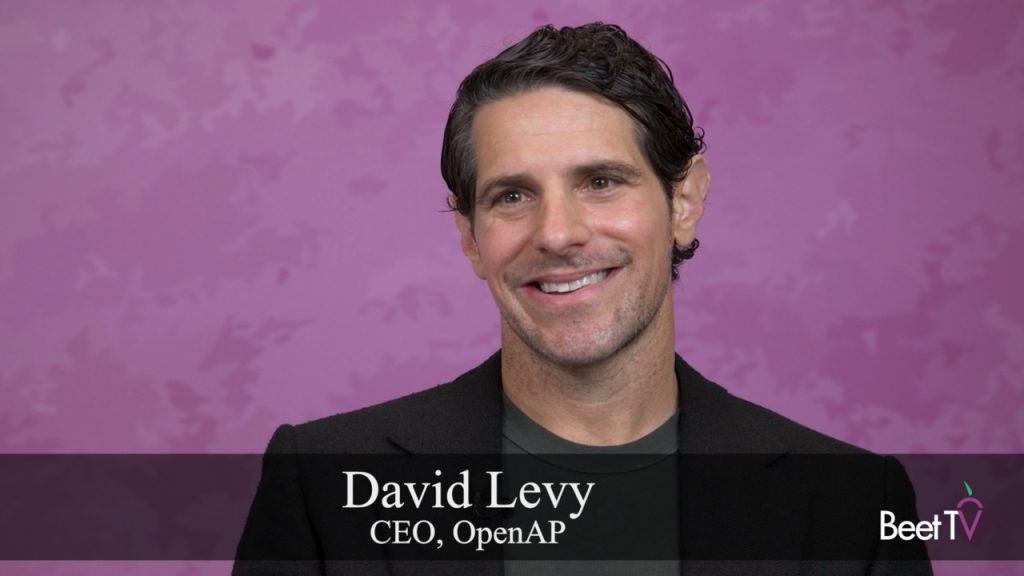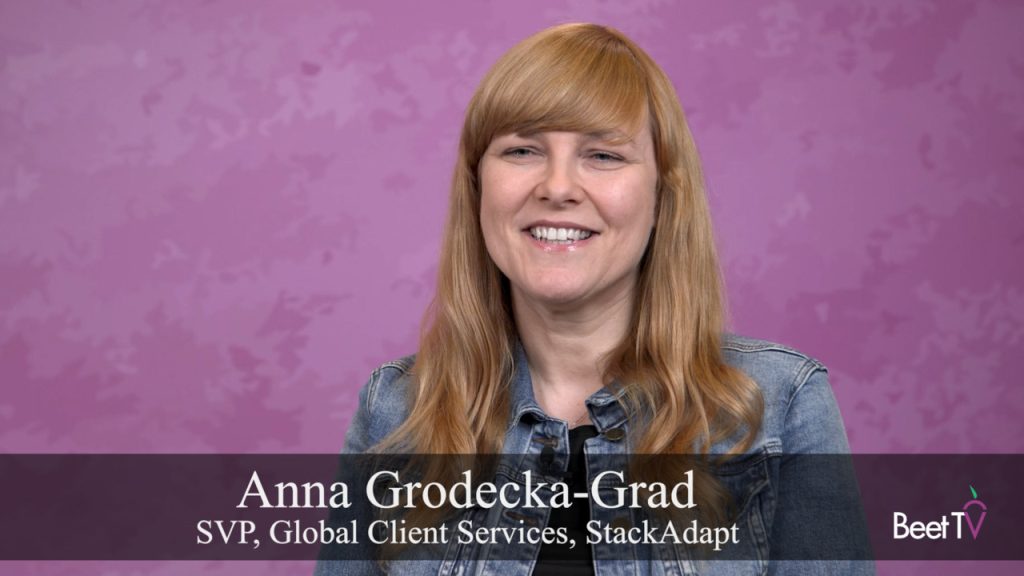LOS ANGELES – Successful advertising campaigns not only depend on reaching the right audiences at the right time, but also minimizing duplicated reach among different media channels. First-party consumer data can help to be more selective with ad targeting on connected TV platforms.
“That data can be used in a variety of different ways — probably the most important use case is suppression,” Sam Bloom, chief executive of Camelot Strategic Marketing & Media, said in this interview with consultant Zach Rodgers at Beet.TV’s Beet Retreat. “There’s a lot of customers – we know we’re already reaching them.”
Advertisers have a growing set of tools for audience suppression, such as Roku’s offering that relies on automated content recognition (ACR) data to track which ads have been delivered to different screens. Marketers also can cross-check their first-party data with consumer datasets from CTV platforms to hone their targeting.
“The match rates tend to be pretty good in some of those environments,” Bloom said. “So, I have reasonable confidence that those plays in the playbook are working.”
Four Major CTV Players
Amazon, Roku, Hulu and YouTube are the most important platforms for achieving scale with CTV campaigns, Bloom said. Advertisers can improve their targeting by differentiating between owners of Roku and Amazon Fire TV devices, and reach households that don’t have a cable or satellite subscription.
“If you’re watching on Amazon, the chances of you watching on Roku are probably pretty slim – so, building unduplicated reach really important in those environments,” Bloom said. “We can make sure that we’re targeting audiences that are cord-cutters/cord-nevers.”
CTV vs. Linear: A Case Study
Consumer insights play a crucial role in determining how much marketers should spend on CTV or linear TV, Bloom said. He cited a dining and entertainment chain as an example of a client that shifted its most of its media budget into CTV to improve its targeting.
Market research found that 50% to 60% of the chain’s revenue came from customers who lived within a five-mile radius of its locations. Targeted CTV ads helped to improve reach among the most likely customers. Marketers should develop what Bloom said is a “bottom-up” strategy that prioritizes local targeting before broader reach.
“Linear TV falls in an uneven way, but in the world of connected TV, we can make sure we have equal application of media in places where it matters most,” he said. “The one thing that connects all of these things is the consumer insights. You start there and you end there.”
You are watching coverage from Beet Retreat Santa Monica 2021, presented by FreeWheel, IRIS.TV, Samba TV, TransUnion & Warner Music Group. For more videos, please visit this page.














































